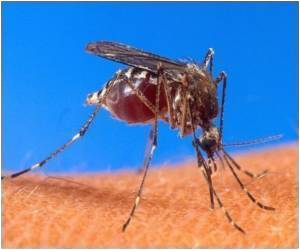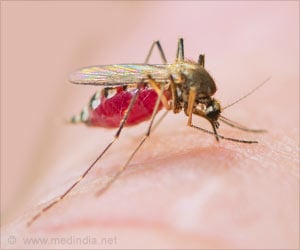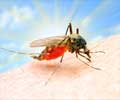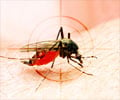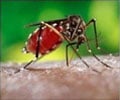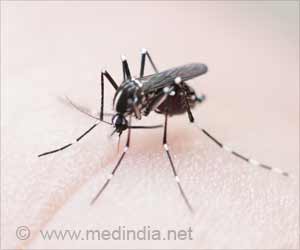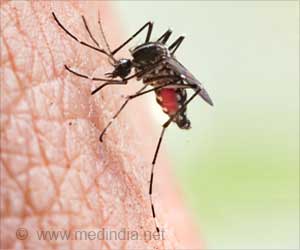New virus strains of dengue are displacing the native strains. It has also been evolving and adapting at a speed that experts are unable to keep pace with.

The team identified an interaction between the newcomer virus's RNA and proteins within the host that allows the virus to bypass the host's immune response. This makes it easier for the virus to invade the victim.
Several dengue outbreaks have occurred when new dengue strains emerged and displaced the native strains that the local population had already developed immunity against. The team examined the different clades of dengue virus-2 known to be circulating around Puerto Rico in 1994 when a severe epidemic broke out.
Examining the differences between the virus strain that was most commonly seen from 1986 to 1995 and a new more potent viral strain that was first isolated in 1994 was the key to figuring out why this outbreak occurred.
"The study emphasizes the importance of multidisciplinary research: a fabulous marriage of basic RNA biology and clinically informed epidemiology uncovered an unexpected route of virus evolution that explained (and perhaps could predict) epidemic potential," Garcia-Blanco said.
The study was outlined in the journal Science.
Advertisement

